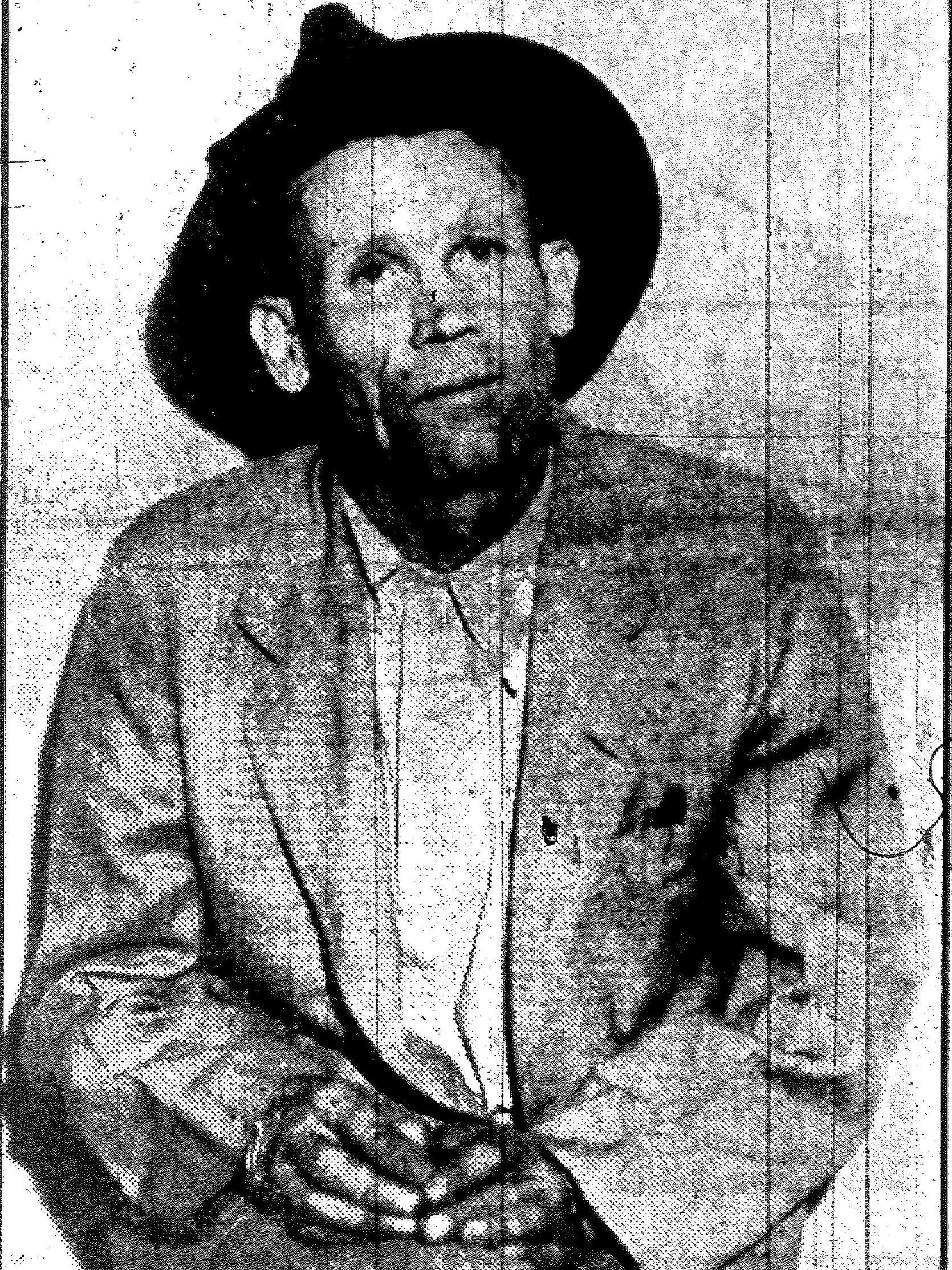The Butterfly Man: 1934 crime that stunned Shreveport

SHREVEPORT, La. — It was a crime that stunned Shreveport and made headlines across the nation.
The year was 1934. Franklin Delano Roosevelt was President, the Great Depression was in full swing, and a bank robbing duo named Bonnie & Clyde were dominating headlines that year. But in Shreveport, a crime so shocking would soon create a national fascination and front-page headlines of its own.
The case has become known as that of the Butterfly Man. So called, because the killer was known across town for making small butterflies out of any available material and selling them for a nickel to any who would buy them.
Leslie Peters, 91, who now lives in Keithville remembers. It was a murder that devastated his family, taking the life of his then 16-year-old aunt, Mae Griffin.
“She was a good obedient girl, lived with her mother,” Peters remembered. “She was engaged to a boy in Arkansas. She wanted a dress and a pair of shoes to be married in.”
Mae Griffin and her mother, Maggie Peters, lived here on Lyba Street west of Jewella, along what is now Interstate 20.
D.B. Napier, also known by his alias Fred Lockhart, was a vagrant from Georgia. He’d run into trouble allegedly taking part in a lynching in Alabama and jumped a freight train ending up in Shreveport.
It was during the Great Depression; people did what they could to get by. Napier made little toy butterflies and sold them.
On Thursday, April 12, 1934, Napier approached Mae Griffin’s mother and said he needed help with his sick wife and was willing to pay her daughter $3. Mae’s mother thought it was a good idea and allowed her daughter to purchase a dress and some shoes for her upcoming wedding to Lee Looney of Board Camp, Ark.
And so, Mae left home with Napier. She and the Butterfly Man walked.
They cut across what was then Shreveport’s Golf and Country Club. They ended up near what is now the intersection of Lakeshore Drive and Cross Lake Boulevard. It was described at the time as a few hundred yards west of Jewella on Fetzer Avenue. Much of what is now Lakeshore Drive was Fetzer in 1934.
According to investigators, Napier led Mae Griffin into the woods at that location, just up from the shoreline of Cross Lake.
“He dragged her off into the woods and he began to attack her, and she fought. She grabbed the knife, the palms of her hands were in ribbons,” Peters remembered. “He raped her viciously and her fighting him the whole time. And when he was through, he cut her throat.”
Napier then covered the girl with scrap wood and tried to burn the body.
Three days later, on Sunday, some men were going fishing in the area. They were canvassing for worms and found her body. They called police.
Dr. Willis Butler was the coroner at the time. He recalled the case during an interview in 1981.
“My autopsy revealed all of the gruesome details of his brutal attack upon her,” Butler said. “How he had choked her to death, mutilated her body and raped her.”
Napier left town. But the law caught up with him near Monroe. By the time he got back to Shreveport the story was front page news not only here, but across the country.
“This was the top story in the United States for almost exactly one week,” said Gary Joiner, chair of the history department at LSUS.
A few weeks later the search for and death of Bonnie and Clyde would become the top national story, also out of Louisiana.
Napier was held in a cell at the Caddo Courthouse. The public became so incensed they gathered on the courthouse lawn and made a run on the courthouse. It took reinforcements from Bossier, then the Louisiana National Guard with tear gas to repel the crowd.
Justice was swift in those days. Eight days after Mae Griffin’s body was found, Napier went on trial at the Caddo courthouse on Monday, April 23, 1934.
The trial lasted one day. The jury deliberated only 5 minutes before finding Napier guilty. Prosecutors wanted him to hang that Friday.
Thirty days later was the norm in Louisiana. But the governor rejected the request for a quick sentence, and Napier was set to hang May 18.
“On the day of the execution, my whole family was there. My grandmother Peters (the victim’s mother), my daddy, all aunts, and uncles,” Peters said.
Lee Looney, Mae Griffin’s fiancée, also attended the trial.
Four-year-old Leslie Peters had to wait outside the execution chamber inside the courthouse. He remembers Napier being led into the room.
“They started up the stairs for the execution floor with a trap door in the floor,” Peters recalled. “About halfway up the stairway he stopped and looked back at the family and said, ‘I will see her in heaven.’”
And then the executioner put a noose around Napier’s neck.
“And when the moment came, they pulled the lever for the trap door,” Peters remembered. “He hit the end of that rope and kicked with his feet.”
Peters says Napier kicked and struggled for more than 10 minutes before succumbing.
The Butterfly Man is buried at Greenwood Cemetery in Shreveport in an unmarked grave.
“Both the city and the parish were in agreement that he should not be under a monument. They did not want his grave to be a tourist attraction,” Joiner said.
The Butterfly Man’s burial ended one of the most brutal and notorious murder investigations in Shreveport history. But the pain and the suffering for Mae Griffin’s family has lasted for generations.
Editor’s Note: Special thanks to the LSUS Archives and Special Collections and Fermand Garlington for their assistance with newspaper clips, photographs, and other historic items related to this story.


